Solar Panel
Flexible Solar Plates | A Comprehensive Guide
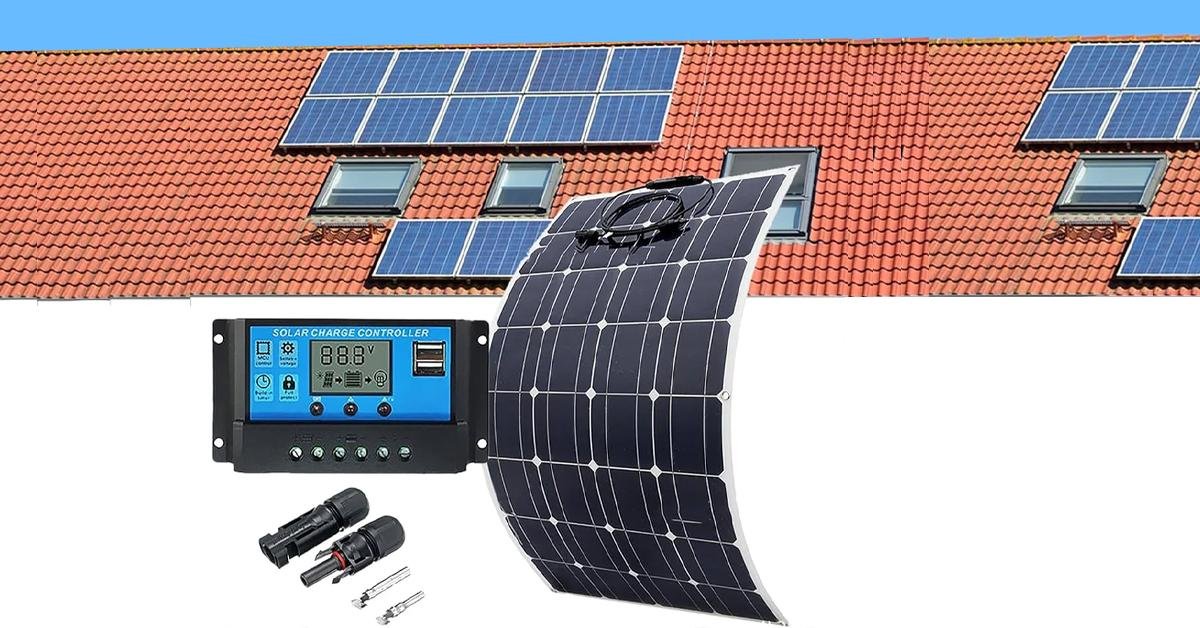
Flexible solar plates is new technology. Unlike regular panels. They are lightweight. These panels are made from bendable materials. They are not like the rigid solar panels. No heavy glass involved. Making them easier to install on curved surfaces. They can be used on tents. Boats and roofs with unusual shapes.
Benefits of Flexible Solar Plates
Flexible panel offer many benefits. First they are versatile. They can be installed on curved roofs. Even irregular surfaces. Second they are lightweight. This makes them easy to carry. And to transport. They can be used in remote areas. Where heavy panels would be difficult to handle. Third they are durable. Made from weather resistant materials. They can endure harsh conditions.
Drawbacks of Flexible Solar Plates
Despite benefits flexible solar plates also have drawbacks. One major issue is their lower efficiency. They typically generate less electricity than rigid ones. They are also not widely available. As of March 2024 they are still hard to find. They can also be more expensive than traditional panels. Lastly their long-term durability is not fully proven. Especially in hot weather. And humid climate.
Availability of Flexible Solar Plates.
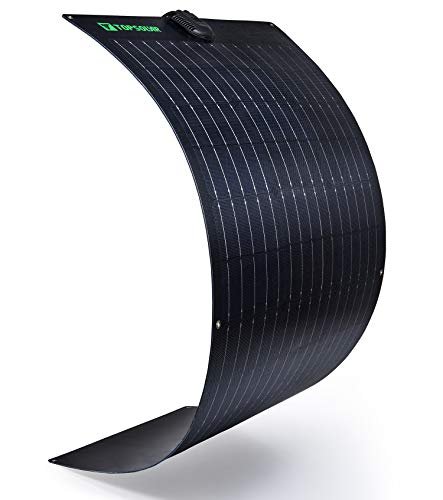 Finding flexible solar plates is difficult. Most local stores may not carry them. However online marketplaces might be best option. You should be careful buying from international sellers. There may be additional costs like shipping fees. Also import duties. This can make panels even more expensive. As technology develops their availability will likely improve. Finding flexible solar panels can be tough. Many local stores don’t stock them. Online marketplaces are a good alternative. However, buying from international sellers comes with risks. Extra costs like shipping fees can add up. Import duties might also increase the price. It’s important to do your research before purchasing. As the technology improves, prices should become more affordable.
Finding flexible solar plates is difficult. Most local stores may not carry them. However online marketplaces might be best option. You should be careful buying from international sellers. There may be additional costs like shipping fees. Also import duties. This can make panels even more expensive. As technology develops their availability will likely improve. Finding flexible solar panels can be tough. Many local stores don’t stock them. Online marketplaces are a good alternative. However, buying from international sellers comes with risks. Extra costs like shipping fees can add up. Import duties might also increase the price. It’s important to do your research before purchasing. As the technology improves, prices should become more affordable.
Flexible panels have several great uses.
RV and Camping:
 They are perfect for charging devices. Running small generators. Especially when you are outdoors.
They are perfect for charging devices. Running small generators. Especially when you are outdoors.
Uneven Roofs:
Roof has curves or unusual shapes? Flexible panels can be installed easily.
Remote Locations:
Flexible panels are great for places with no electricity. They are easy to set up. Also to move.
Boats and Marine Applications:
Flexible panels can fit on boats. They provide power while on water.
The Future of Flexible Solar Plates
Flexible solar plates have bright future. As demand for renewable energy grows. They may become more common. Technology will continue to improve. This means better efficiency and more availability. The cost of these panels is expected to drop. As the production scales up, we can expect more affordable options in the future.

Before You Buy
Before purchasing flexible solar plates. Consider your needs. Need portability and flexibility? These panels may be good fit. They are ideal for temporary setups. Areas where rigid panels wont work. Buy quality flexible solar panels. However if you are planning large permanent installation. Traditional panels may be better. They are more efficient. Also cost effective in long run.
Pros and Cons of Flexible Solar Plates
 Pros
Pros
Versatility: Flexible panels fit curved surfaces. Like tents or carports.
Lightweight/Portable: They are easy to transport.
Durability: Made from weather resistant materials.
Easy Installation: Simple to install. Saving time and money.
Innovative Applications: They can be used in wearable tech. Also portable chargers.
Cons
 Lower Efficiency: They generate less power than rigid panels.
Lower Efficiency: They generate less power than rigid panels.
Limited Availability: Not widely available.
Durability Concerns: May not last as long as traditional panels.
Higher Initial Cost: Due to new technology are more expensive.
Technological Maturity: The technology is still evolving. Reliability may vary.
Flexible Solar Plates vs Rigid Solar Panels
 Flexibility and Versatility
Flexibility and Versatility
Can be installed on curved surfaces. They are great for boats. RVs and tents. Rigid panels on other hand need flat surface. They are heavier. Harder to move.
Durability and Lifespan
Rigid panels are known for durability. They can withstand tough weather. Flexible panels are more fragile. They may not last as long as rigid ones.
Efficiency and Performance
Flexible solar plates generally produce less electricity. They are less efficient than rigid panels. However, they are still useful for mobile or off-grid power. Rigid panels offer better energy output.

Installation and Cost
Flexible panels are easier to install. You dont need much equipment. Rigid panels are heavier. Need special mounting. Initial cost for flexible panels is lower. But may need more maintenance.
Applications
Flexible panels are ideal for mobile use. Work well for RVs and boats. Also tents. Rigid panels are best for large permanent installations. Like rooftops and solar farms.
FAQs
1. What are main advantages of flexible solar plates?
Flexible solar plates offer versatility. Also portability. Can be installed on curved surfaces. Are lightweight. They are easy to transport. Making them ideal for remote locations.
2. Are flexible solar plates as efficient as rigid panels?
No. Flexible panels are less efficient. Produce less electricity than traditional rigid panels. However are great for applications. Where portability flexibility are important.
3. How durable are flexible solar plates?
They are weather resistant. Durability in extreme climates is still being studied. Check product specifications. Before buying.
4. Where can I buy flexible solar plates?
Not widely available. Online marketplaces may be your best bet. Be sure to factor in shipping. Also import fees.
5. What are some uses for flexible solar plates?
Great for outdoor activities. Like camping. Can also be used on roofs. With complex shapes. In remote areas or on boats.
6. Can flexible solar plates be used for large power installations?
Flexible solar plates are better for mobile. Or temporary installations. Not ideal for large setups. Or permanent power setups. Where higher efficiency is needed.
7. Will cost of flexible solar plates decrease in the future?
Yes as production increases. Cost of flexible solar plates will drop. New technology. Better manufacturing processes will make them more affordable. But over time.


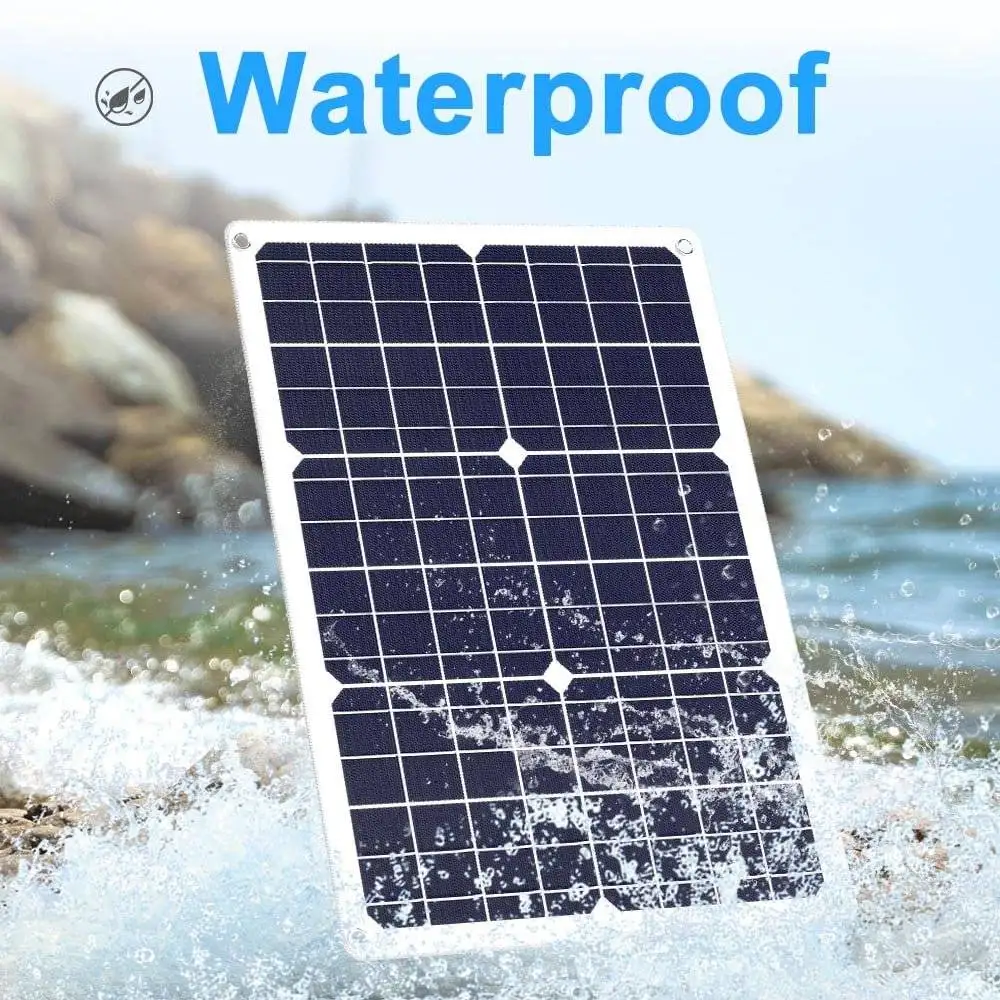

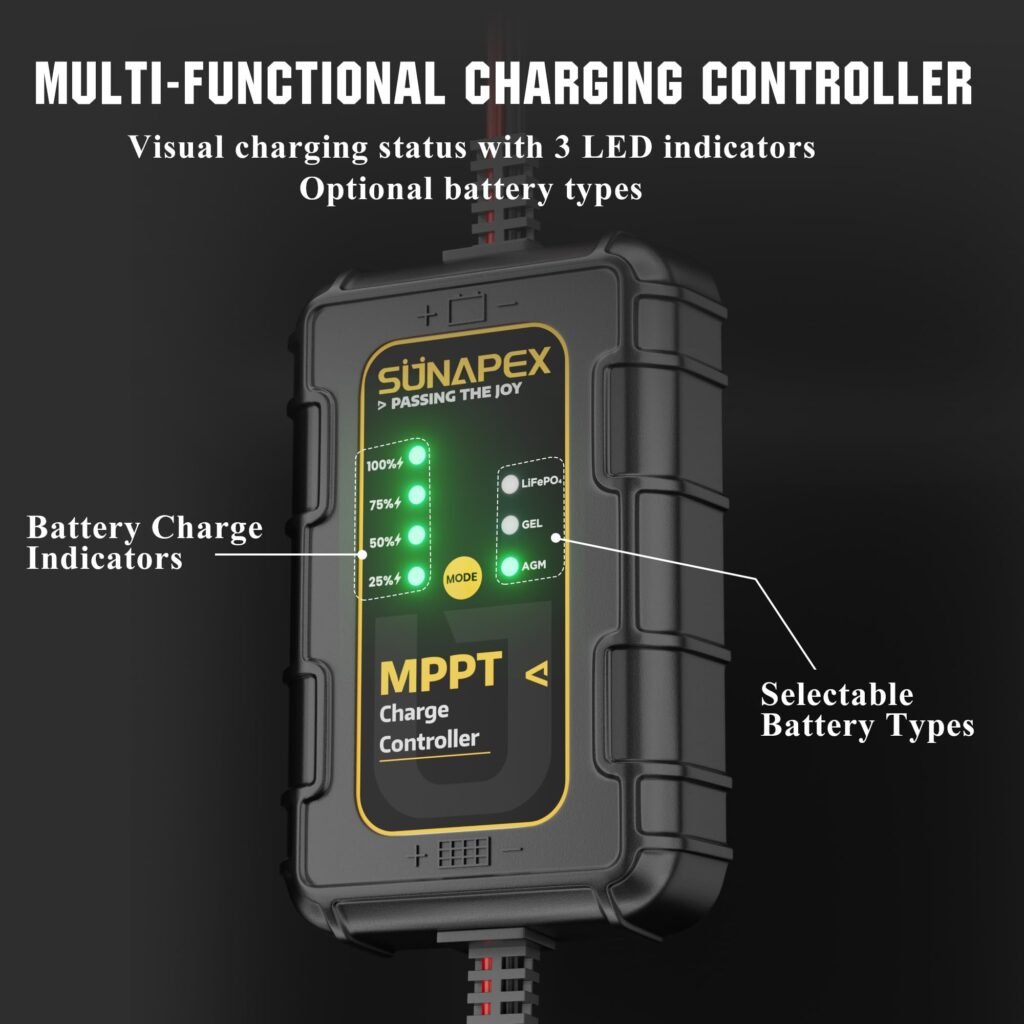





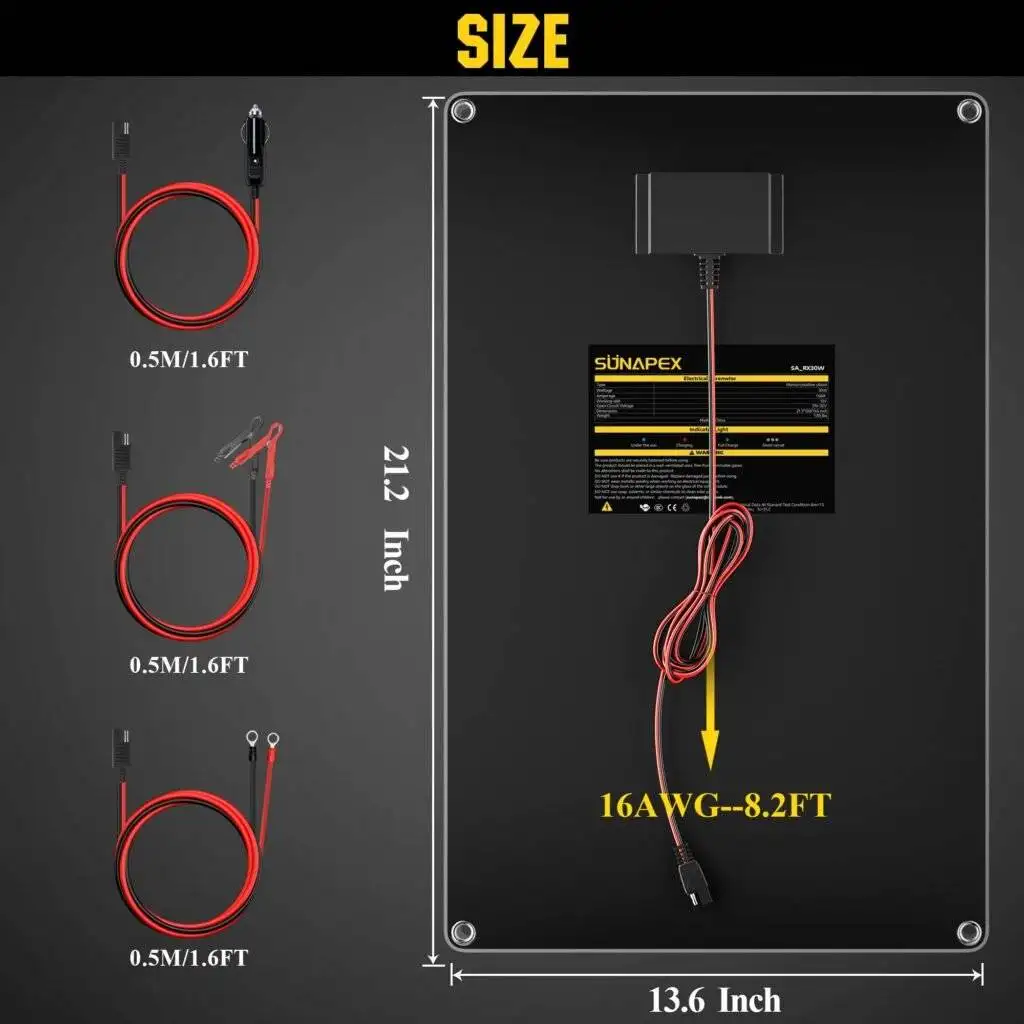

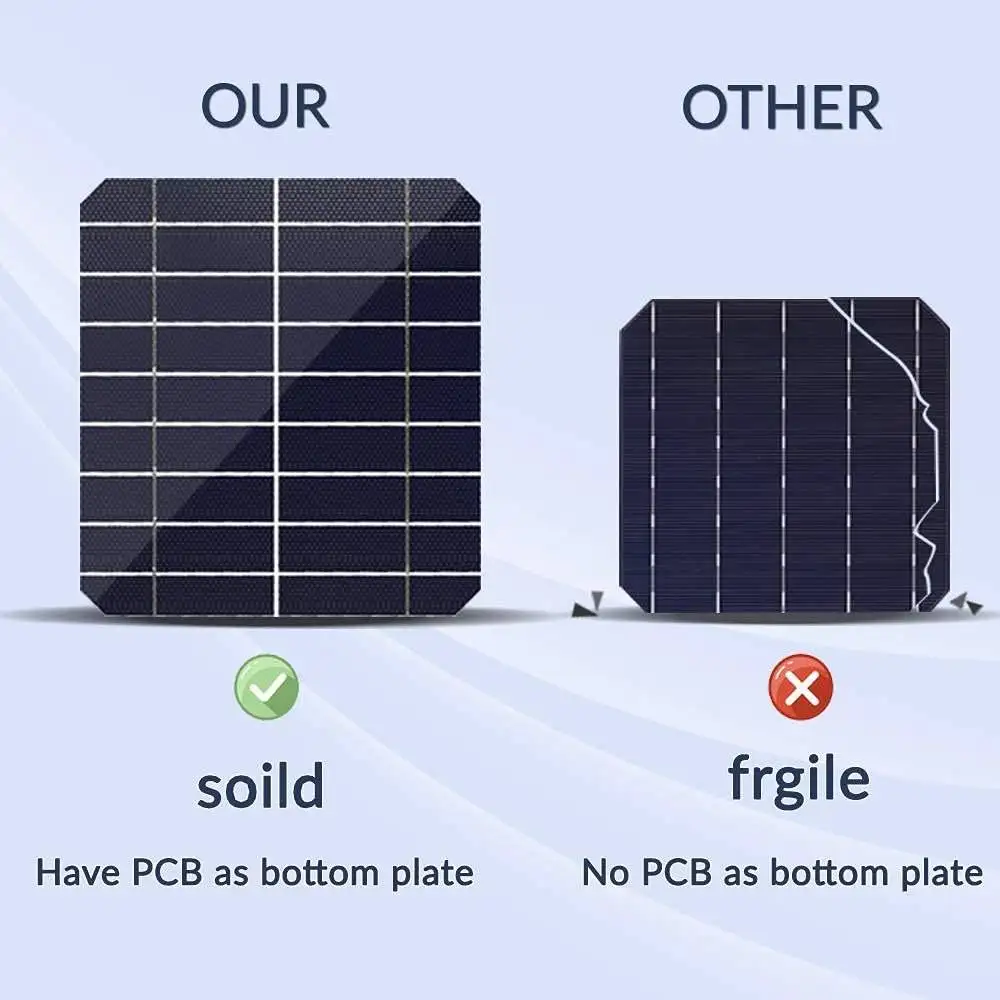

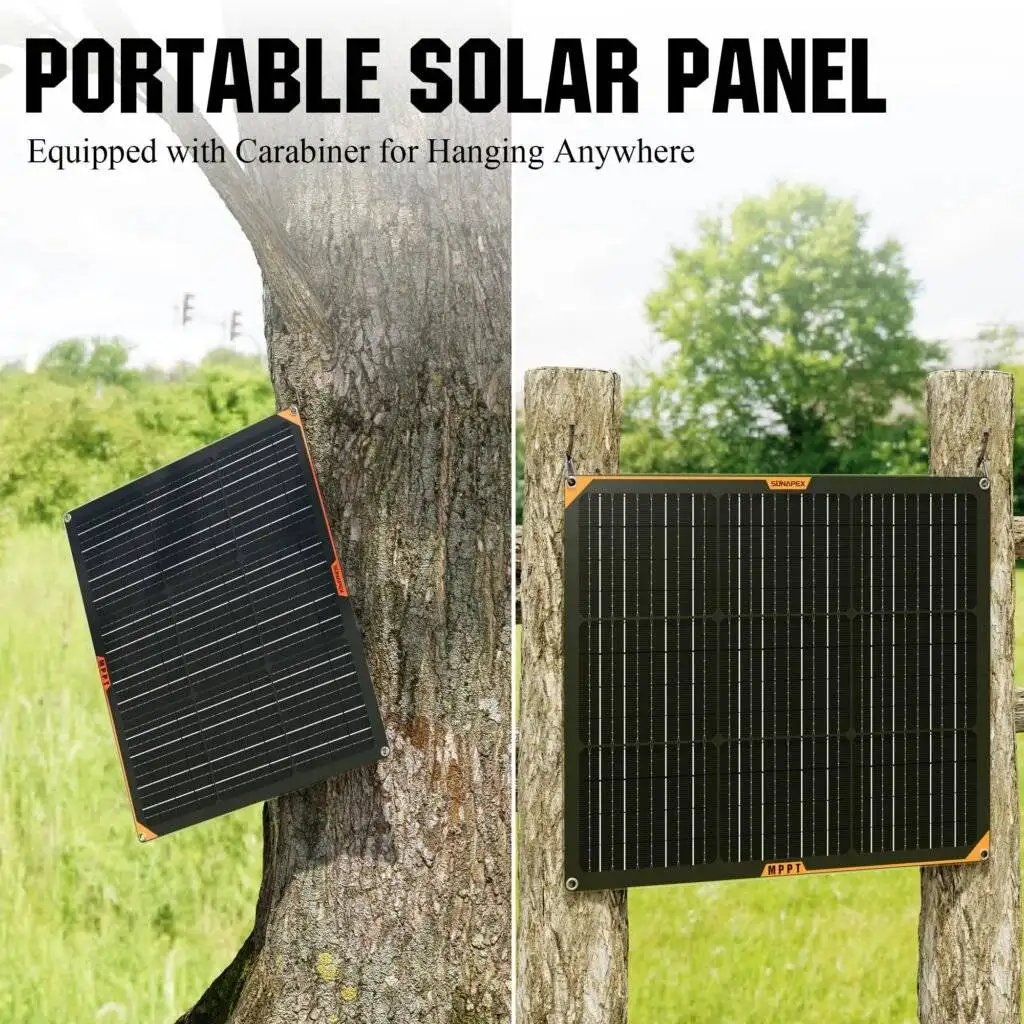
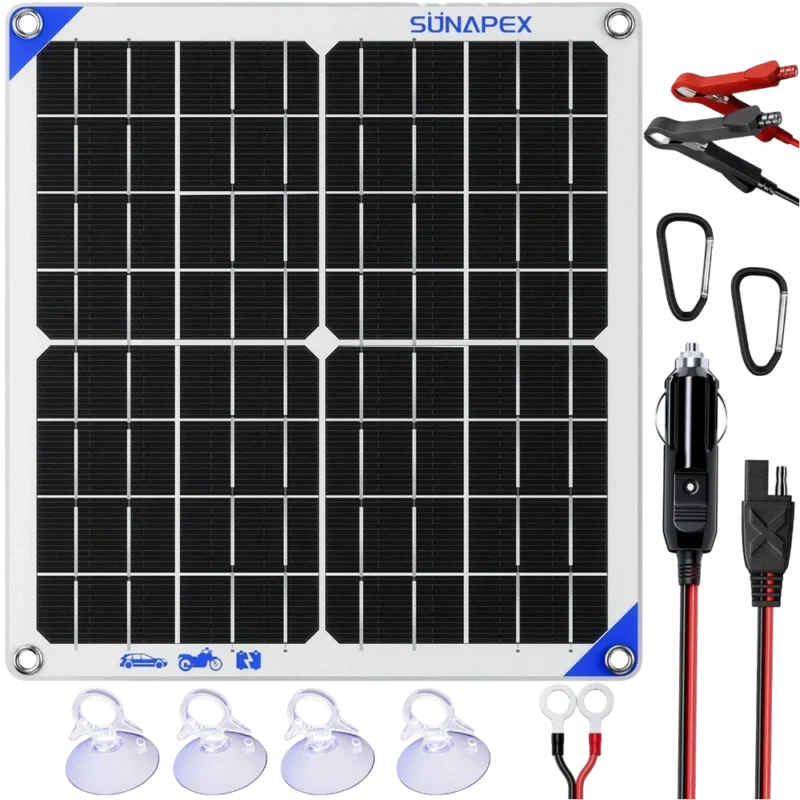


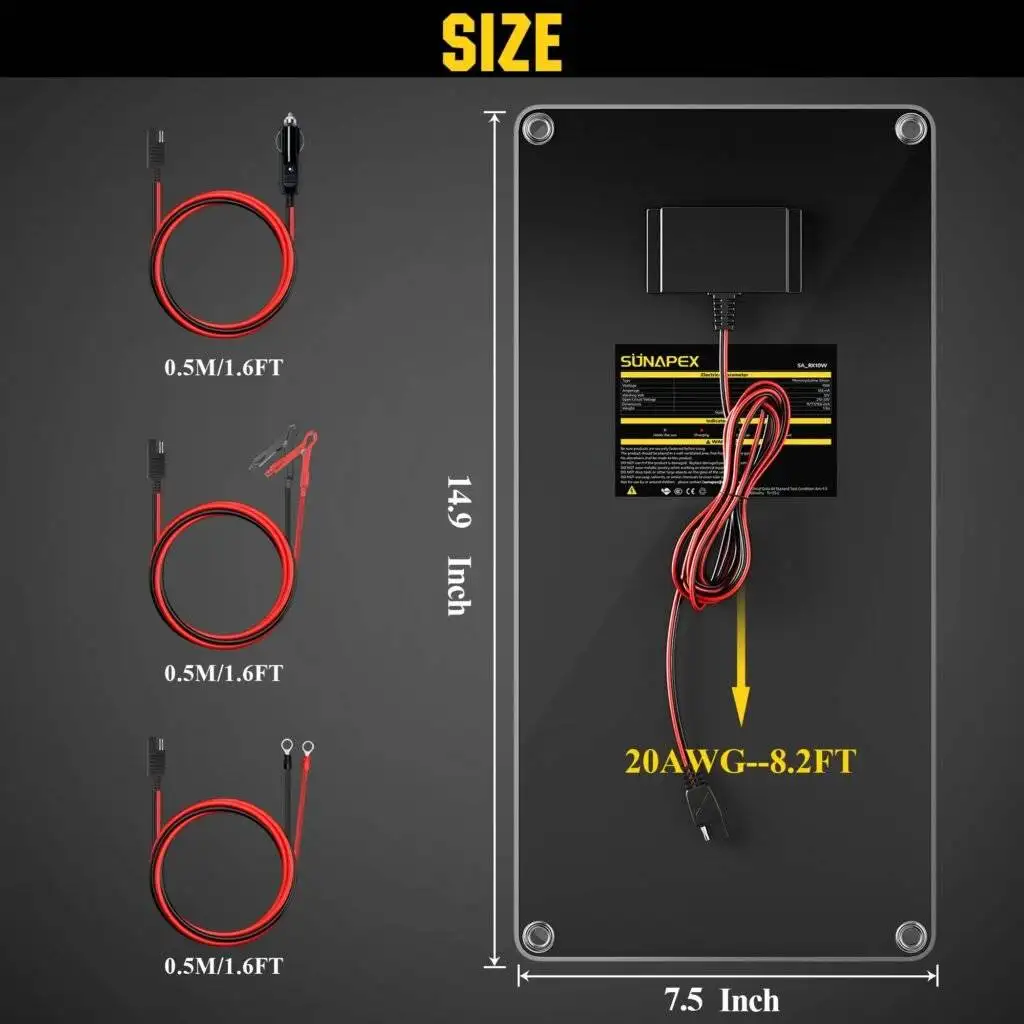

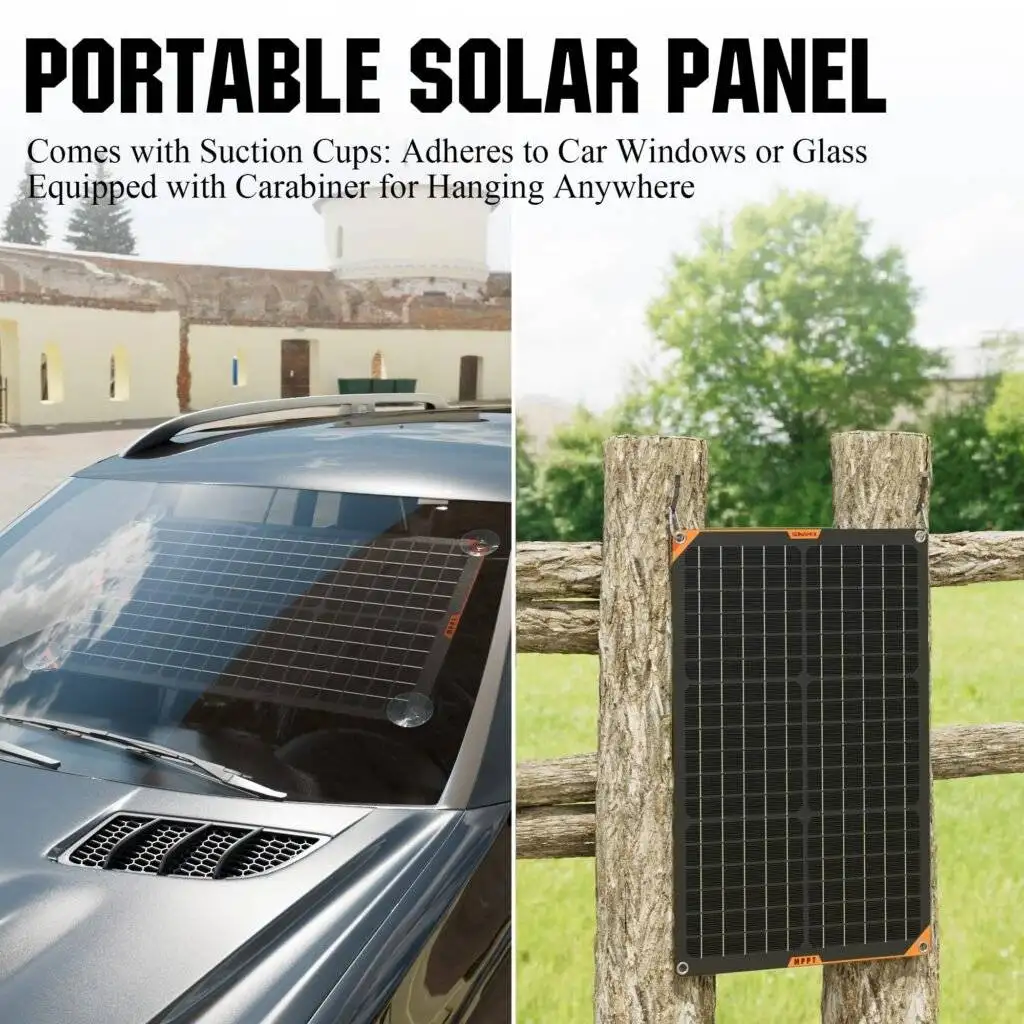

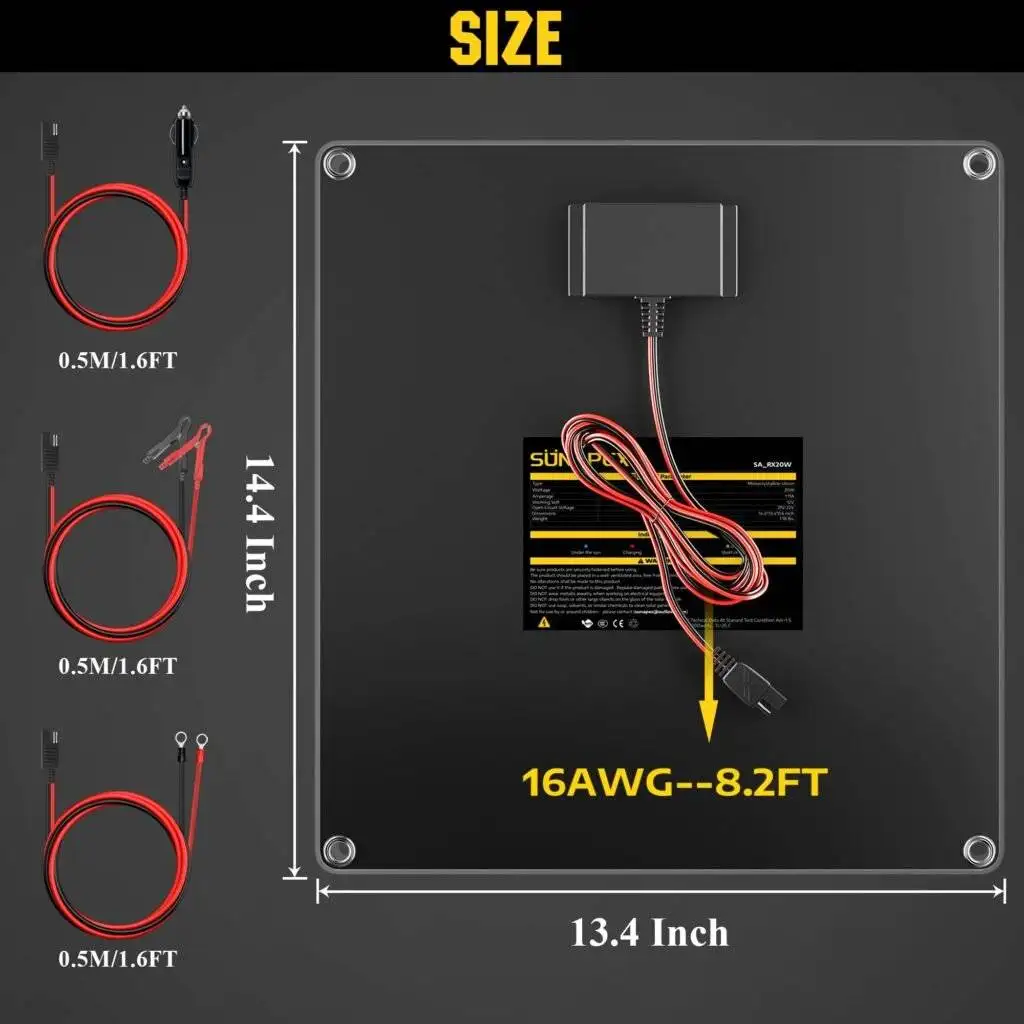

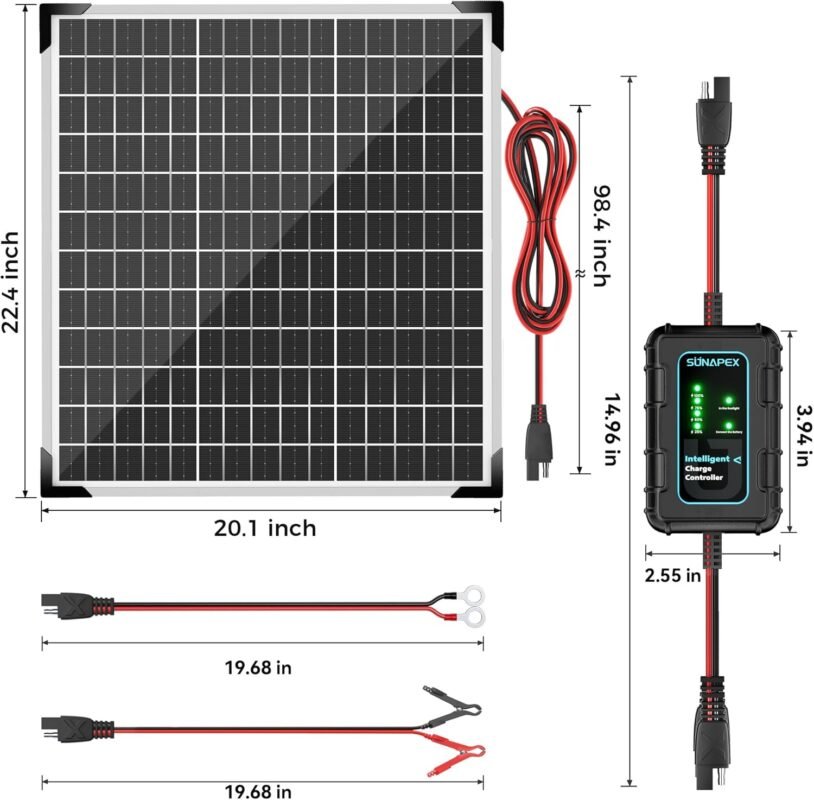





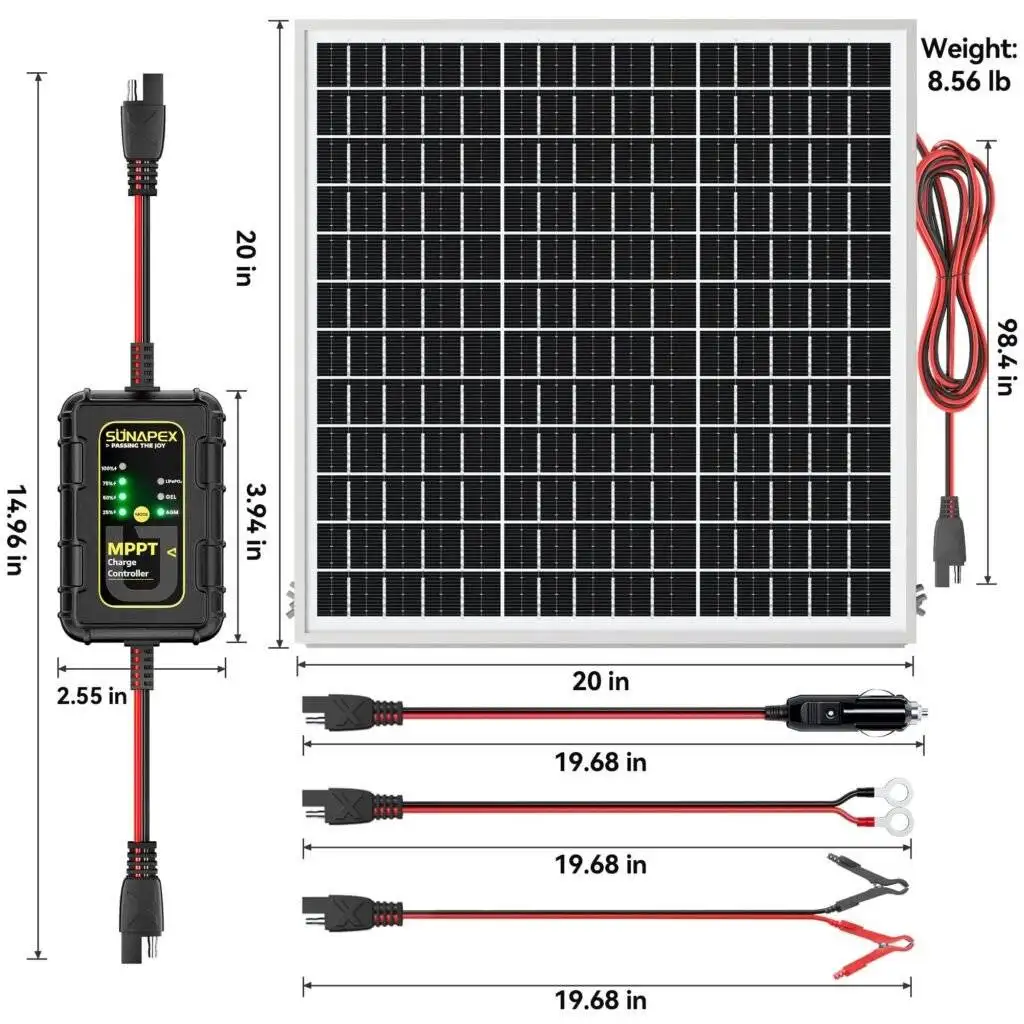

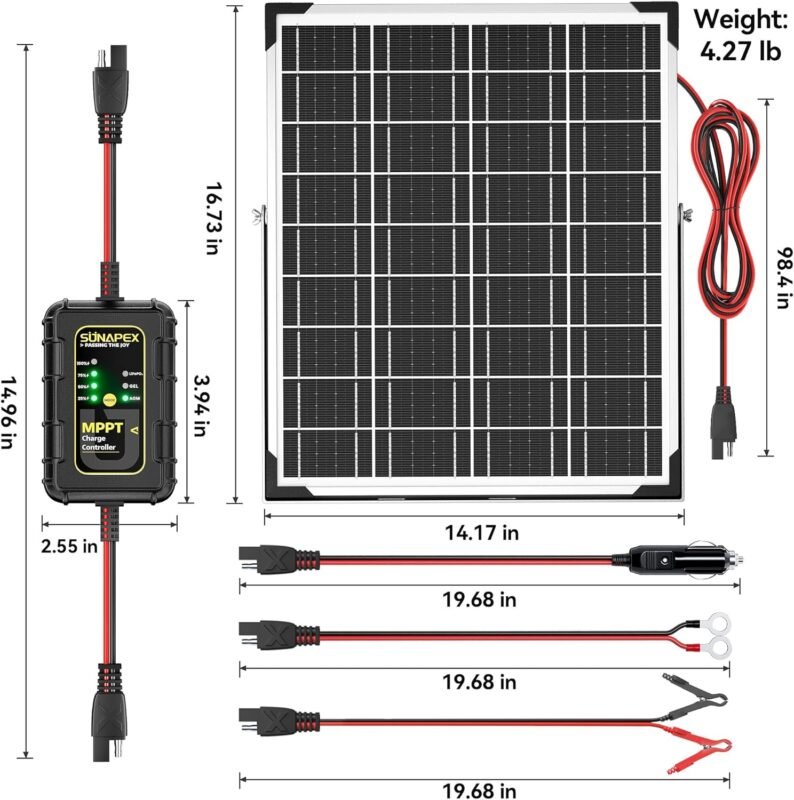

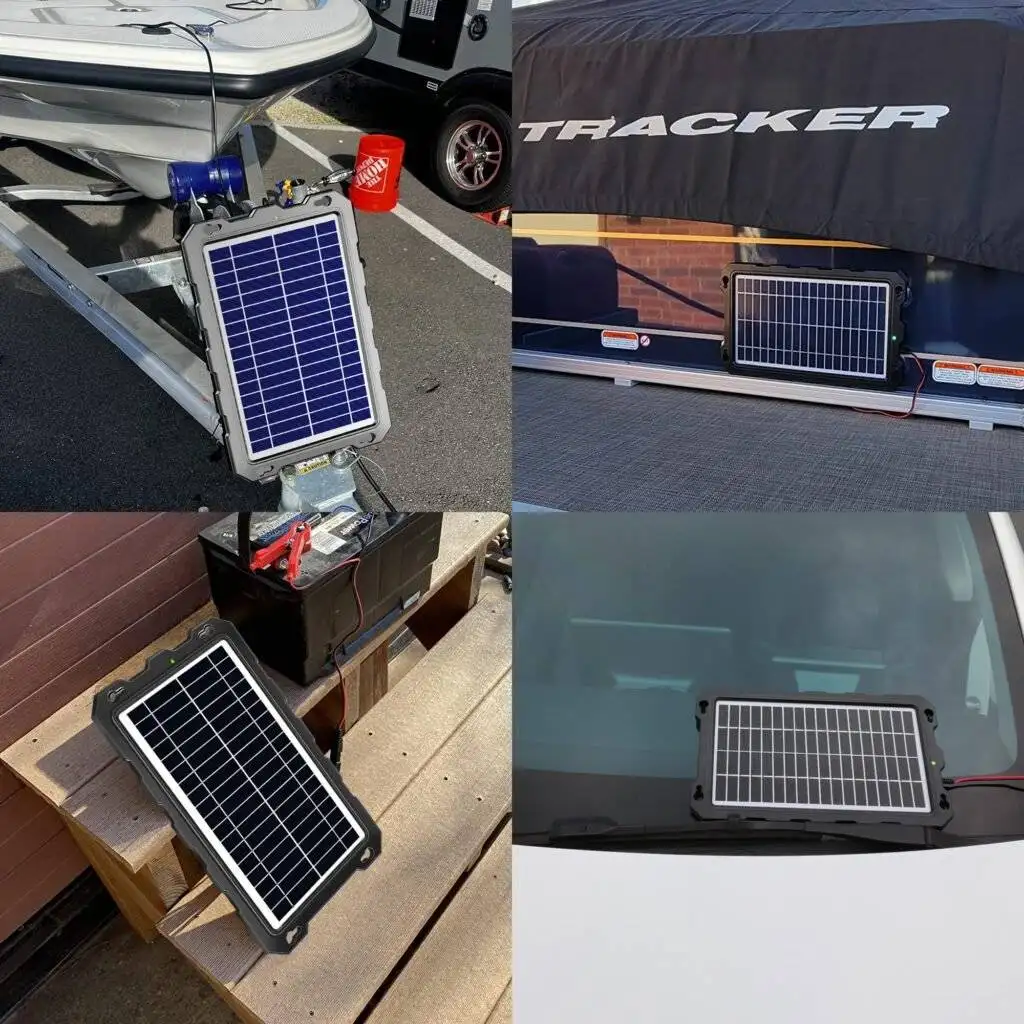

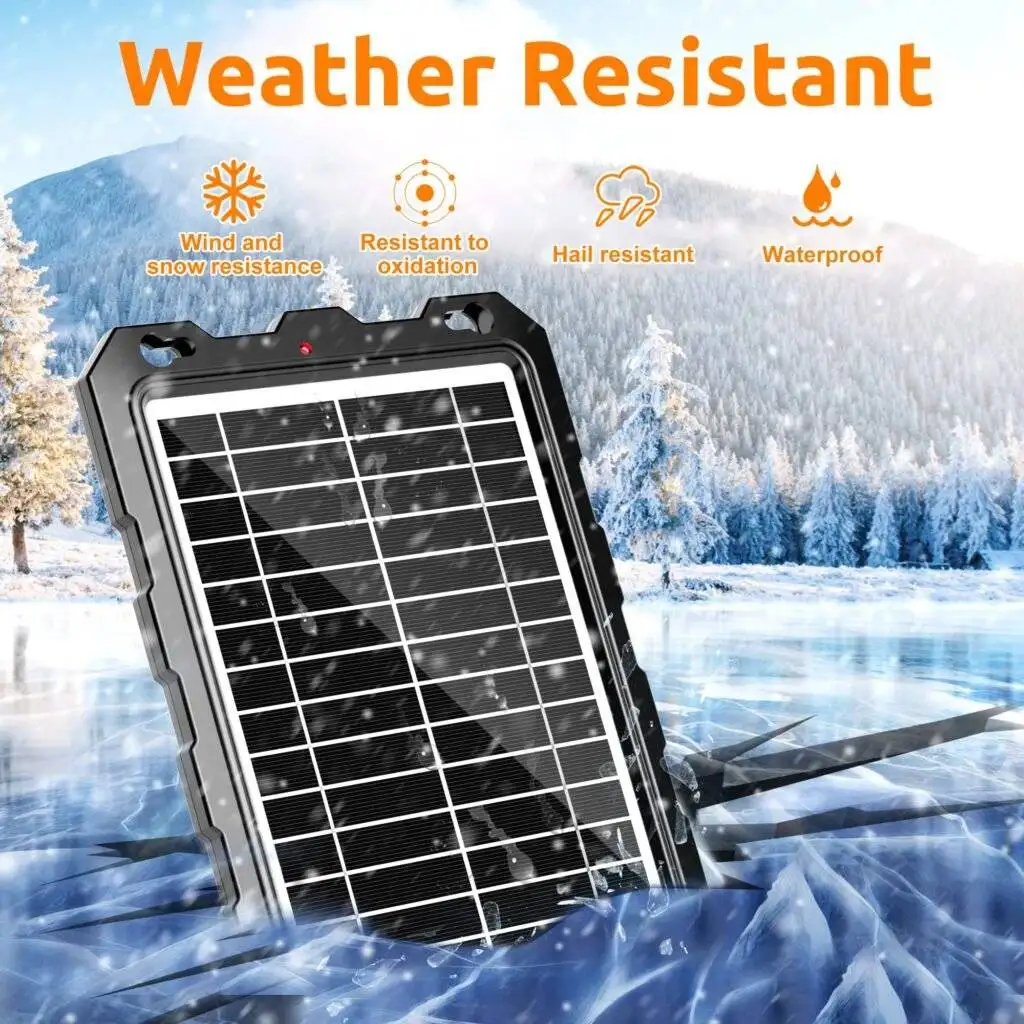

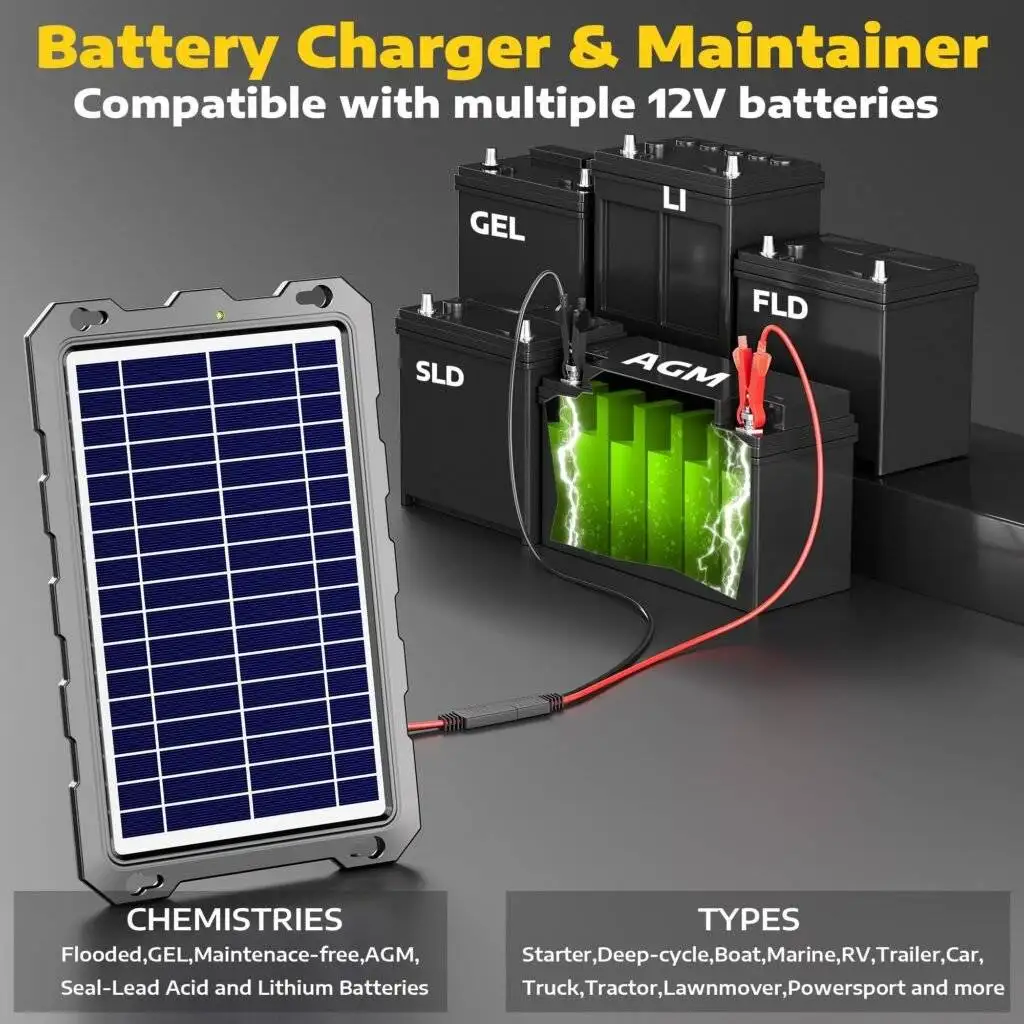

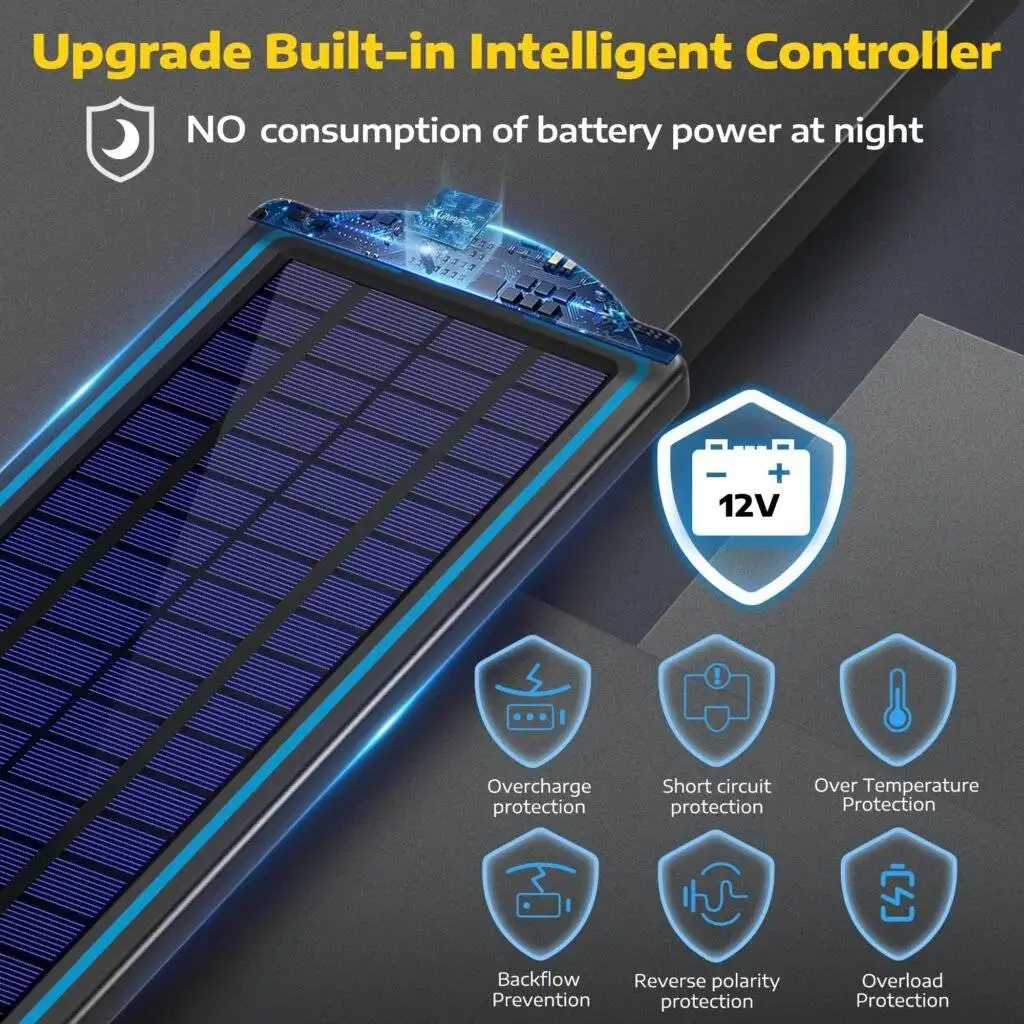

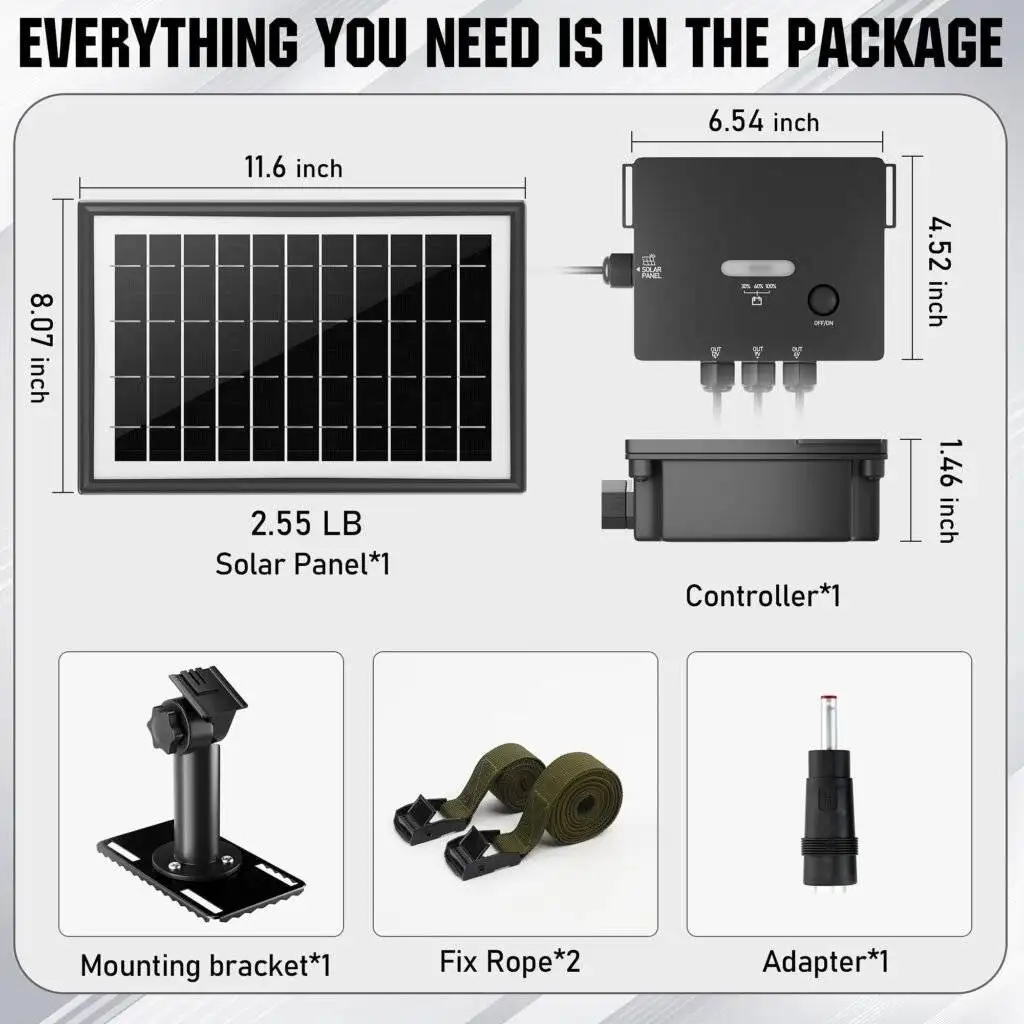

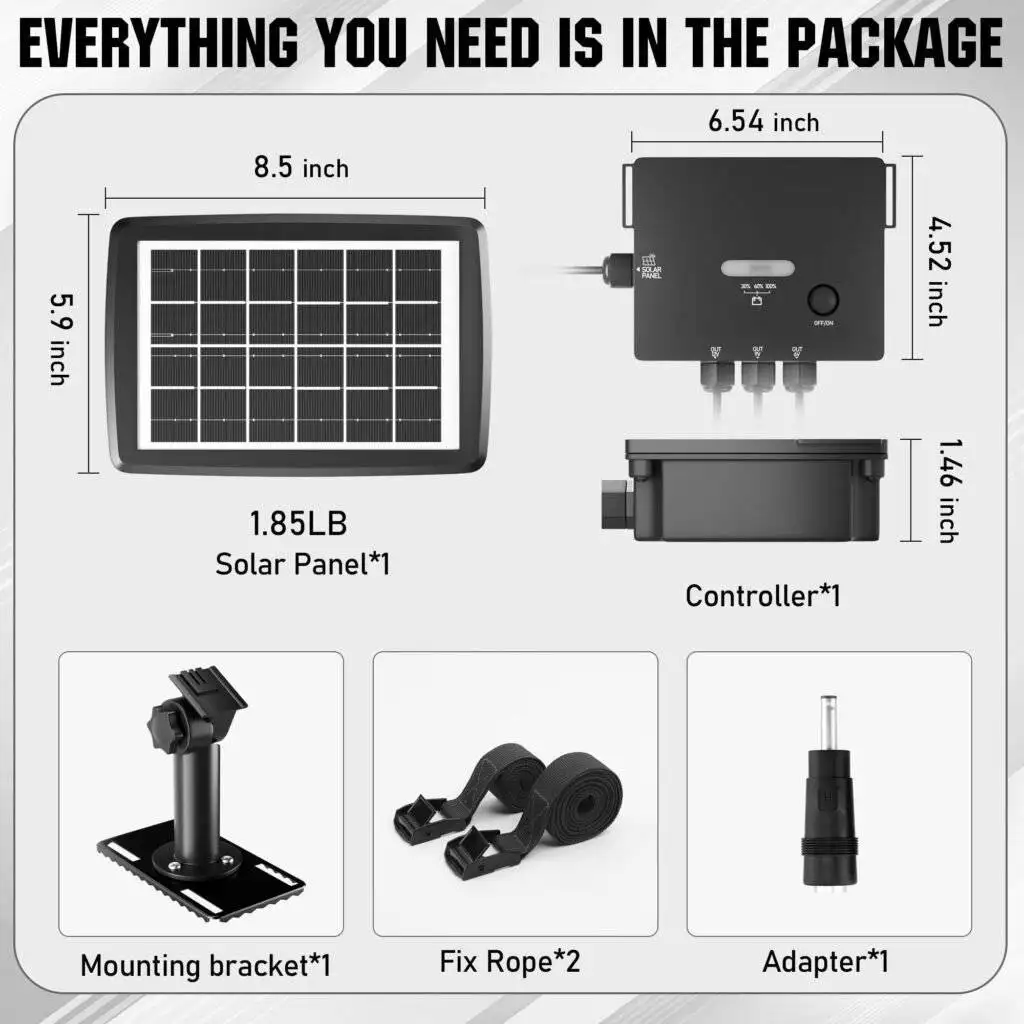

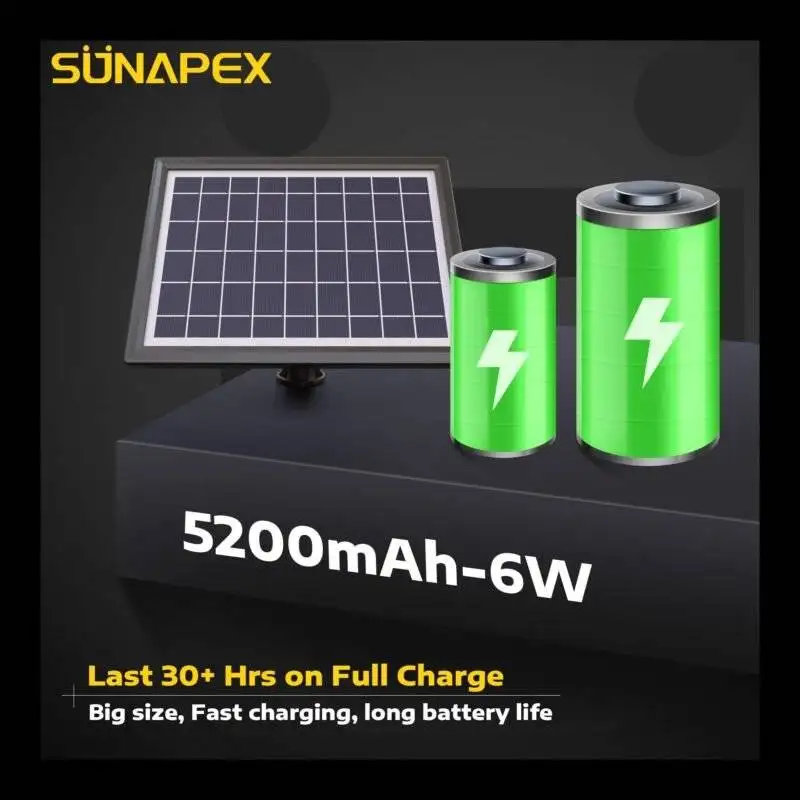

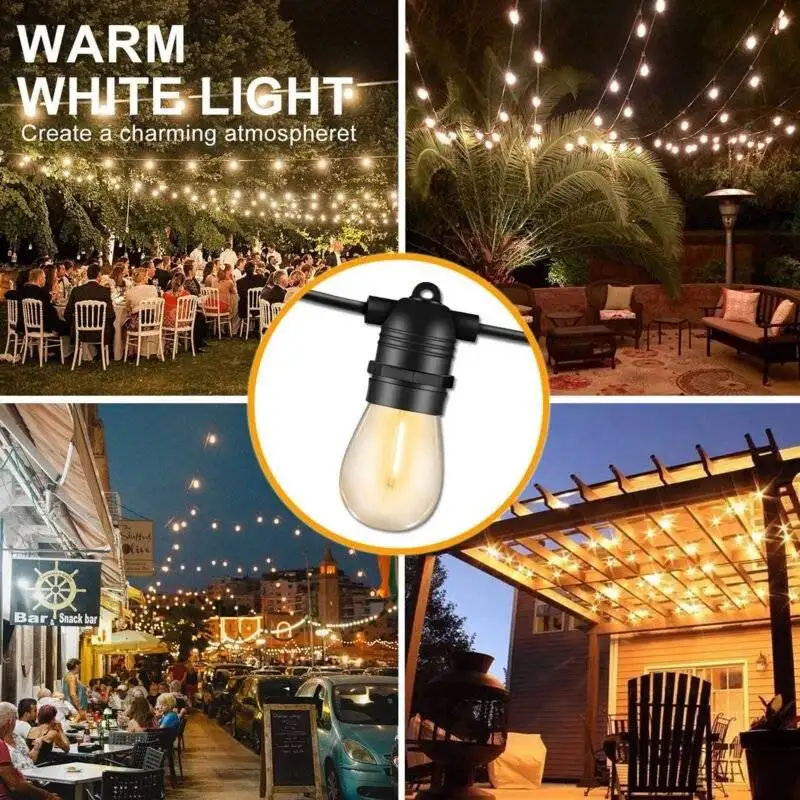

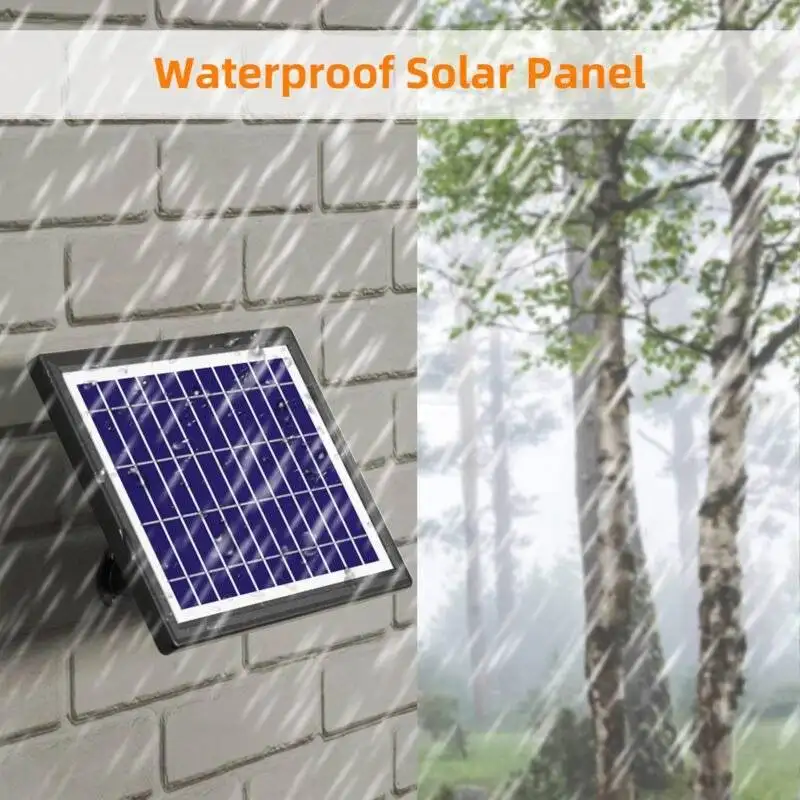



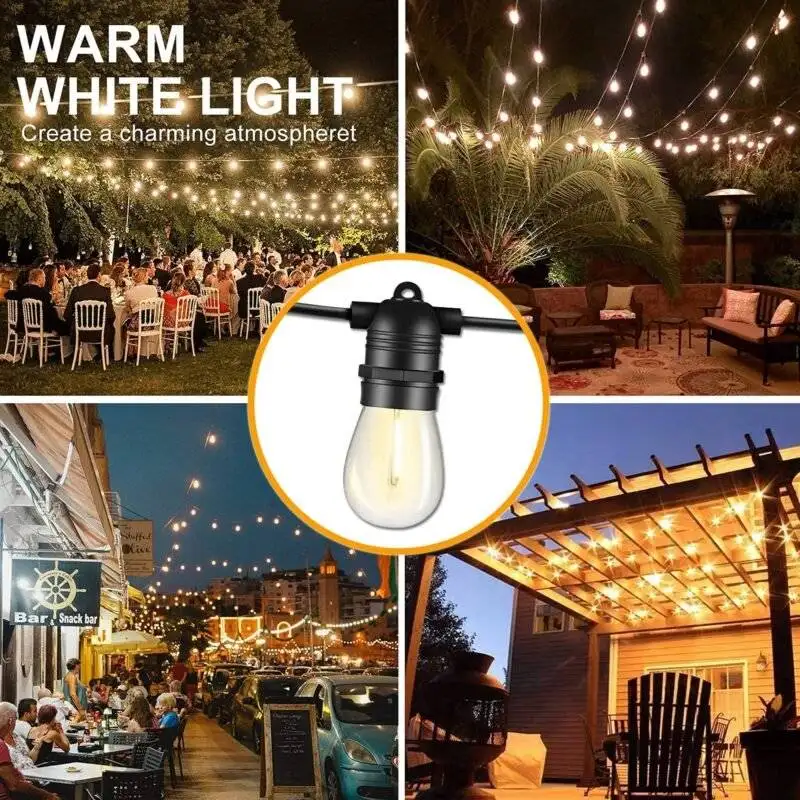

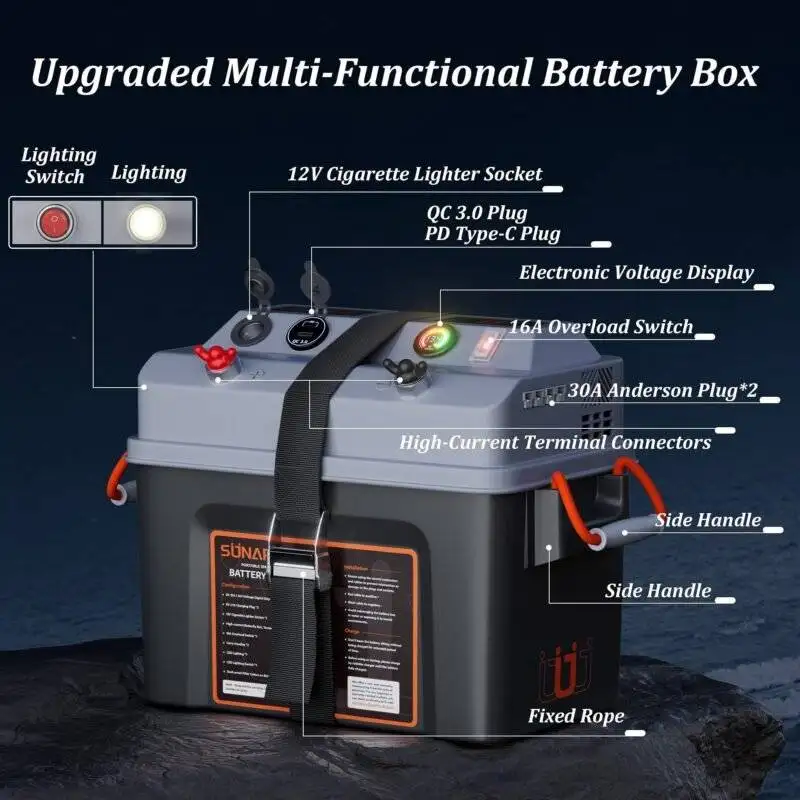

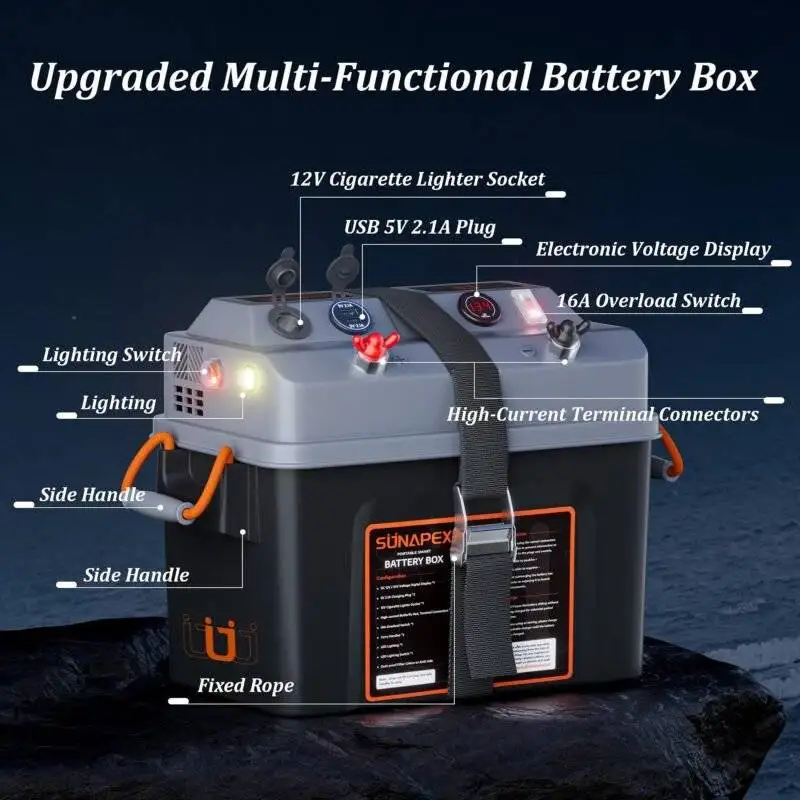

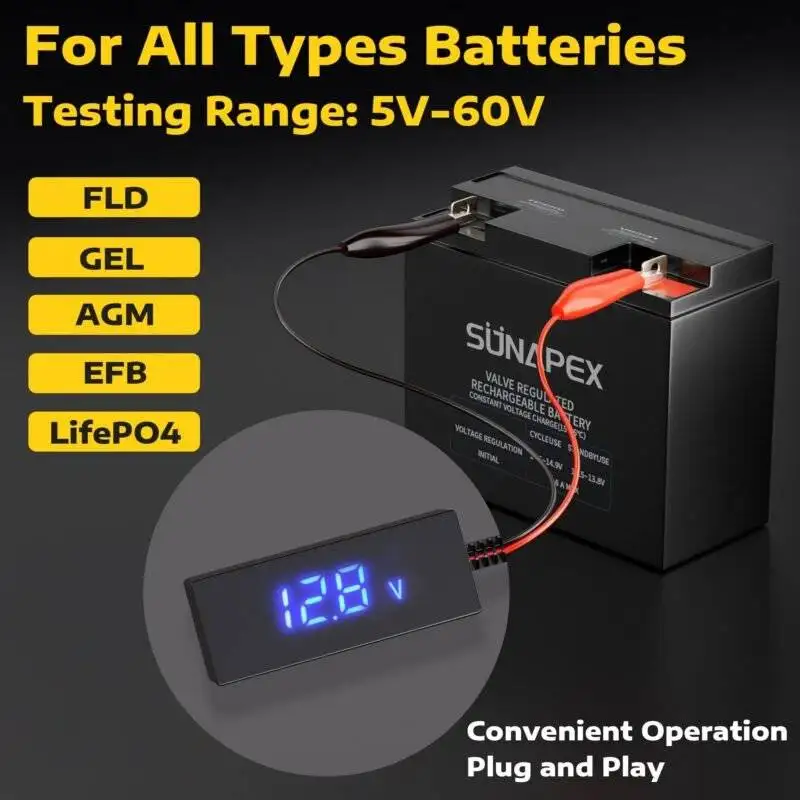





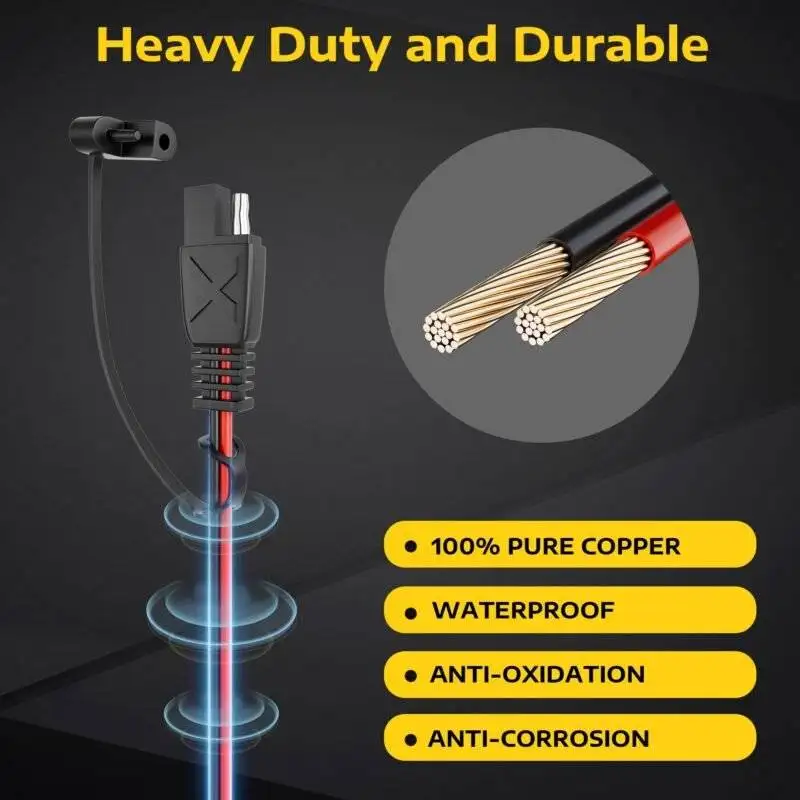



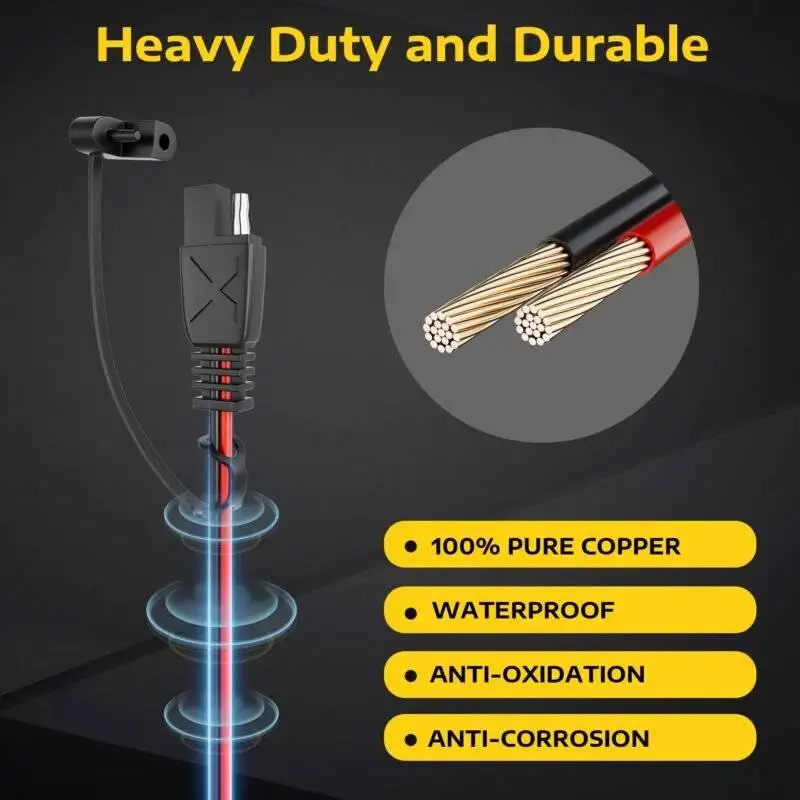
 Pros
Pros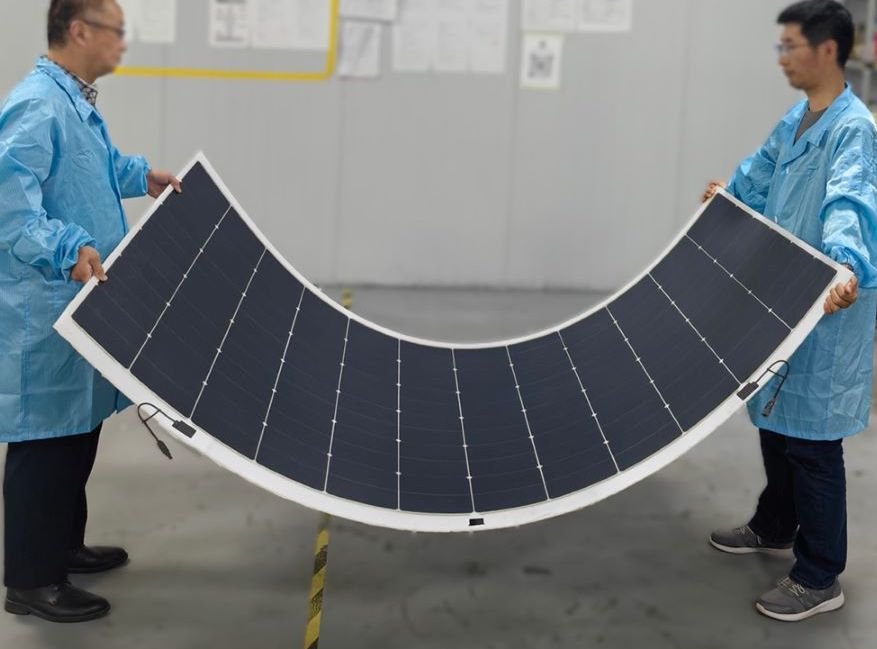 Flexibility and Versatility
Flexibility and Versatility